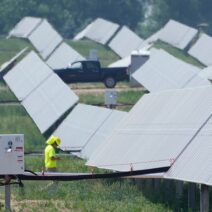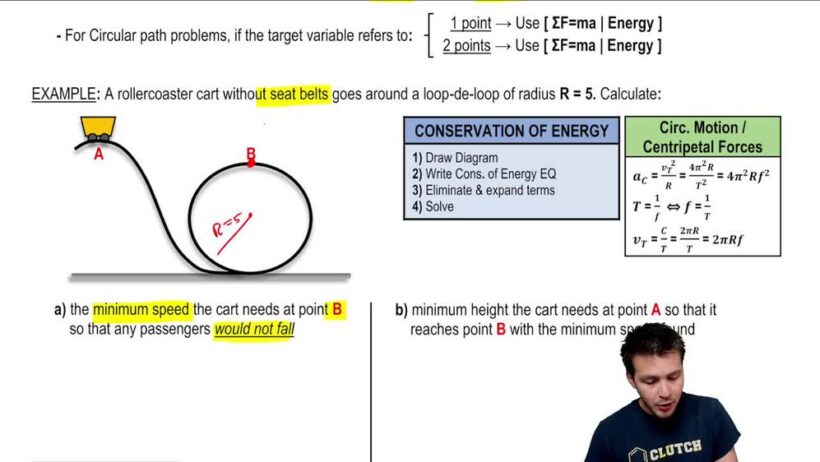Roller coasters are a staple of amusement parks, captivating riders with their dizzying speeds, formidable heights, and gut-wrenching drops. At first glance, they are merely contraptions designed for recreation and thrills. However, a deeper examination reveals them as fascinating demonstrations of the principles of physics, particularly the conservation of energy. This principle, a cornerstone of classical mechanics, states that energy cannot be created or destroyed — it can only change forms. As such, roller coasters serve not only as entertainment but also as a conduit for understanding fundamental scientific concepts.
The allure of roller coasters begins with the initial ascent. Upon boarding the ride, passengers are gradually taken up a steep incline, often reaching several stories high. During this climb, the coaster car is fueled primarily by an external energy source, typically electric motors, that pull it up the track. As the car ascends, it acquires potential energy, a type of energy stored due to its position. This accumulation of potential energy is pivotal; the higher the car climbs, the more potential energy it stores.
Once the car reaches the zenith, a fascinating transformation occurs. The potential energy amassed during the ascent converts into kinetic energy during the subsequent descent. Kinetic energy is the energy of motion, signifying that as the coaster plunges downwards, it accelerates, and this transformation from potential to kinetic energy is the essence of the conservation of energy principle. Notably, this phenomenon is exemplified in the first drop of many coasters, where the riders experience a surge of adrenaline, a direct consequence of the rapid conversion of energy types.
As the coaster continues on its circuitous route through loops, twists, and turns, the interplay of potential and kinetic energy persists. For instance, when the roller coaster climbs another hill after a drop, it momentarily slows down as it regains potential energy. Conversely, during descents and curves, it accelerates, converting that potential energy back into kinetic energy. This cyclic transformation embodies the heart of roller coaster dynamics, showcasing a continuous exchange between energy forms while adhering to the conservation law. Friction losses such as air resistance and track friction slightly diminish energy efficiency, yet the overall principles remain intact.
The mechanics of a roller coaster also highlight another fascinating aspect of physics: centripetal force. As the coaster navigates curves or loops, the passengers experience an exhilarating force pushing them toward the outer edge of the ride. Centripetal force is necessary to keep the coaster on its path, counteracting inertia as the car changes direction. This interplay between gravitational and centripetal forces leads to a heightened sense of thrill, as riders feel a compelling push against their bodies, amplifying the appeal of the experience.
A deeper understanding of the physics behind roller coasters can enhance appreciation for this beloved attraction. Consider the engineering marvels that design paths with precise calculations to achieve desired thrill levels while maximizing safety. Engineers utilize physics principles to ensure that coasters operate within the limits of human tolerance for acceleration and deceleration. Safety mechanisms, including harnesses and brakes, are integral to maintaining rider security, serving as a reminder of the intricate relationship between exhilarating experiences and responsible engineering practices.
Additionally, roller coasters provide an opportunity to introduce discussions about energy sources. As they invariably demonstrate energy conservation in motion, a parallel investigation into the sources that provide the energy to elevate the coasters can spark inquiries into renewable energy. Many modern amusement parks are beginning to harness solar or wind energy to generate power for attractions. This collective shift towards sustainable energy sources underscores the importance of energy conservation, both in the broader context of environmental concerns and in the specific applications of technology toward amusement rides.
The fascination with roller coasters transcends entertainment, engaging our innate curiosity about the natural laws that govern our world. The visceral experience of soaring through the air at breakneck speeds connects riders to fundamental forces of nature, making science approachable and exciting. Each ascent, descent, and twist on a roller coaster is not just a thrill but a real-time application of gravitational forces, energy conversion, and engineering precision.
For enthusiasts and casual riders alike, roller coasters epitomize a practical manifestation of physics principles that resonate within the human experience. The excitement they provide stems not merely from speed and height but from their ability to embody the convergence of beauty, adrenaline, and scientific inquiry. It is this intersection that continues to draw countless individuals year after year, challenging them to confront their fears while simultaneously inviting them to marvel at the wonder of physics in action.
Ultimately, roller coasters stand as a testament to human ingenuity, serving as vessels for exploration and understanding in a world where entertainment and education can coexist. They offer an experience that is thrilling and thought-provoking, prompting reflections on energy, motion, and our environment. As we marvel at the loops and drops, we also engage with the science behind the exhilaration, appreciating the delicate balance of forces at play. This realization compels us to consider not only the joy of the ride but also the broader implications of energy use and conservation within our society.






